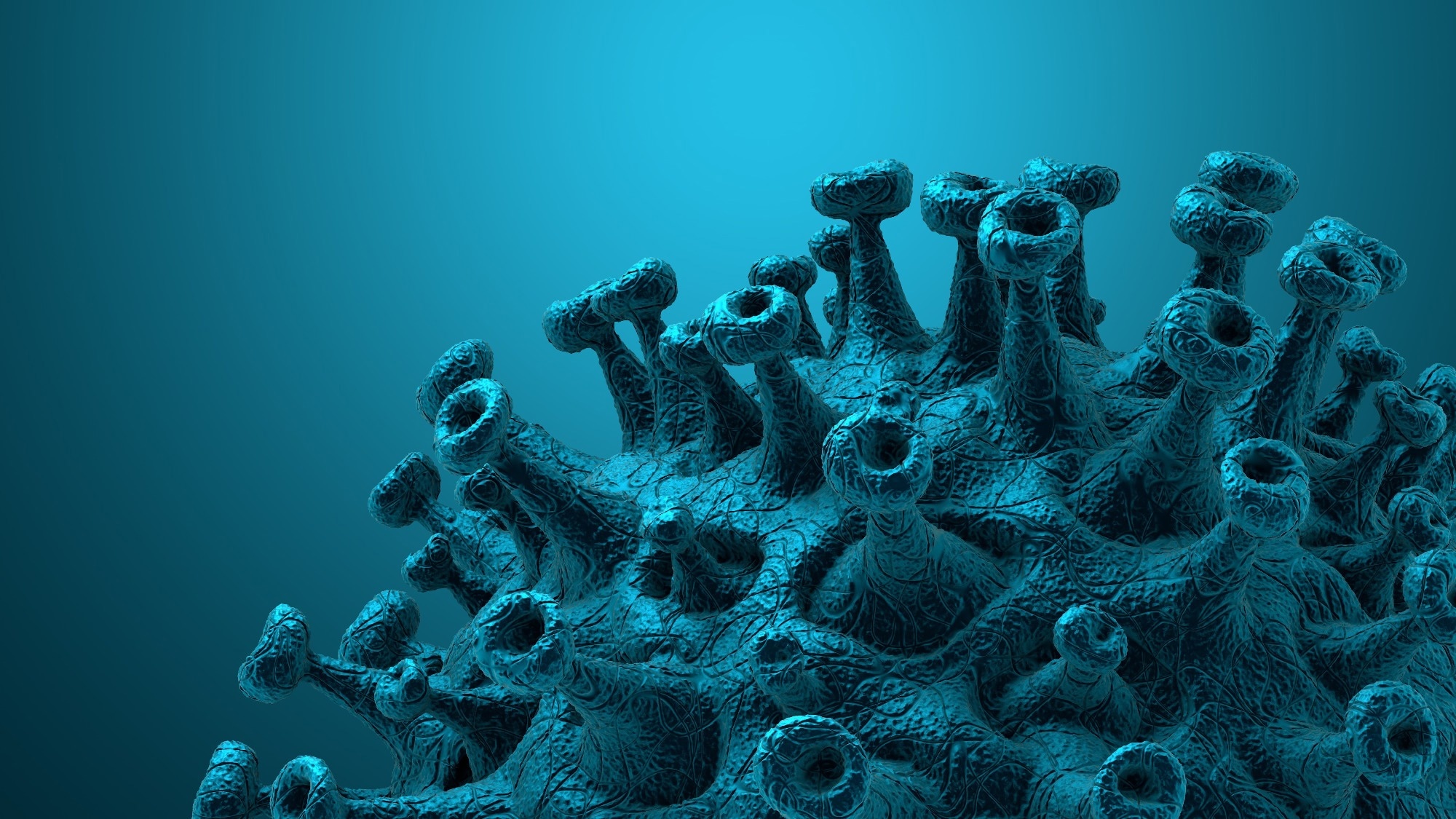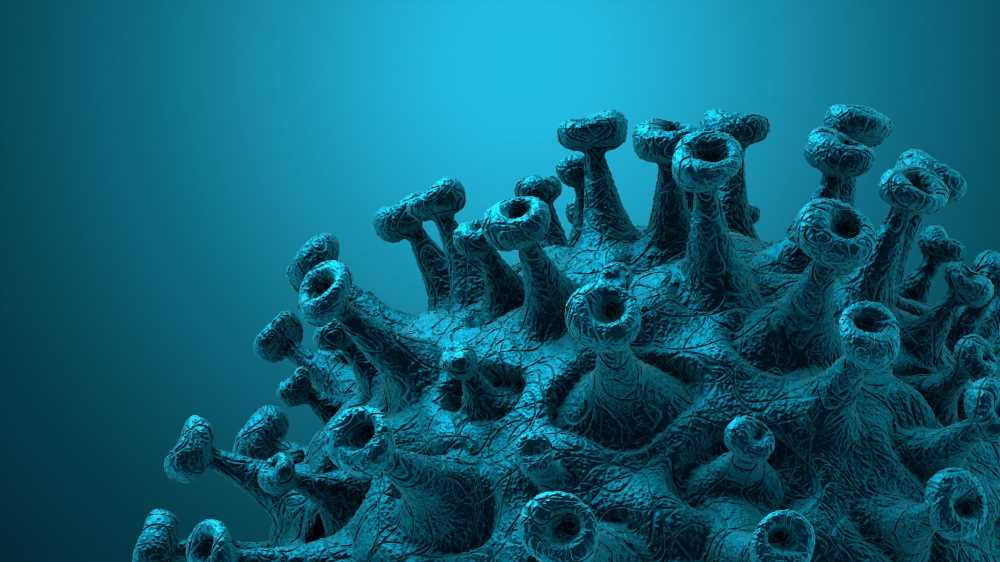In a recent study posted to the medRxiv* preprint server, researchers used proteomic analysis to identify novel immune cell phenotypes associated with severe coronavirus disease 2019 (COVID-19). Additionally, they compiled cumulative immune cell dysregulation in progressive disease.

Background
Serum proteins, such as C-reactive protein (CRP) and D-dimer, offer non-specific and limited prognostic insights in patients with severe acute respiratory syndrome coronavirus 2 (SARS-CoV-2) infection. Thus, there is a need for unbiased analysis of the total and plasma membrane proteomes of peripheral blood mononuclear cells (PBMCs). This exercise could potentially lead to the discovery of novel cellular phenotypes associated with COVID-19 progression. Using these markers, clinicians could assess patients in real time and alleviate patient-specific immunopathology through early therapeutic interventions.
It is worth noting that in most cases, the body mounts an effective immune response that achieves SARS-CoV-2 clearance, presenting no or mild symptoms. However, those who experience severe disease mount a hyperactive immune response characterized by high proinflammatory factors, such as interleukin-6 (IL-6) and tumor necrosis factor (TNF). The consequent tissue damage and thrombosis lead to acute respiratory distress syndrome, organ(s) failure, and death.
About the study
In the present study, researchers collected blood samples from several healthy and 33 unvaccinated individuals with acute SARS-CoV-2 infection to retrieve their peripheral blood mononuclear cells (PBMCs) spanning the spectrum of COVID-19 severity. Further, they combined ribonucleic acid sequencing (RNA-seq) and flow cytometry (FC) data from the same donors to define a comprehensive multi-omic profile for each COVID-19 severity level.
Study findings
The primary study finding was progressive upregulation of some proteins expressed by multiple immune cells as disease severity increased, for instance, cluster of differentiation (CD4+) T-cells and non-classical monocytes. In the current study, the PBMC proteome profiles markedly shifted during progression from mild to severe COVID-19, consistent with observations of previous whole blood transcriptome and plasma proteome studies. Moreover, the researchers observed a highly significant enrichment of terms related to microbial defense among cellular proteins upregulated during severe COVID-19.
Patient metadata has documented the emergence of a sepsis-like state driving COVID-19 immunopathology. In addition, selective upregulation of canonical interferon-stimulated genes (ISGs), such as the IFIT and Mx families, was observed in patients with mild disease. Notably, the team obtained the study samples from a time-normalized transcriptomic analysis of the wider cohort. The analysis of these samples suggested that PBMC from severely ill COVID-19 patients collected relatively early after symptom onset also exhibited upregulated interferon-stimulated gene (ISG) expression, which subsequently waned.
The researchers observed a similar trend for donors sampled in the earlier phases of infection. Plasma membrane PBMC proteome profiling identified upregulated expression of the following proteins with immunoregulatory functions:
i) carcinoembryonic antigen-related cell adhesion molecule (CEACAM) family members 1, 6, and 8. These immunoglobulin(Ig)-like surface glycoproteins are present in an array of cell types. They form homophilic and heterophilic interactions with binding proteins involved in multiple cellular processes (e.g., cell adhesion).
ii) CD177, a glycosyl-phosphatidylinositol (GPI)-linked surface glycoprotein regarded as a neutrophil marker.
iii) CD63, a biomarker of platelet and T-cell activation and granulocyte degranulation.
iv) CD89, a fragment, crystallizable (Fc) receptor expressed on neutrophils and monocytes that binds to IgA immune complexes and CRP, initiating cell activation and cytokine release. It also combats bacterial sepsis.
Intriguingly, when expressed simultaneously on CD4+ T-cells, expression of CEACAMs 6 and 8, CD177 and CD89, represents a unique phenotype. CD177 expression possibly facilitates migration into critical tissues and cell activation during infection. Interestingly, CD89 upregulation plays a role in bacterial sepsis. Thus, there is a possibility that a non-canonical but similar phenotype might also develop in the CD4+ T-cell population during severe COVID-19.
Further, the researchers observed a clear shift in platelet phenotype in patients with severe COVID-19, with a profound increase in both activated CD61+CD62P+ and non-activated CD61+CD62P- platelets and upregulated expression of CD63.
The researchers also identified a CD62P- platelet population that co-upregulated CD177, CD89, and CEACAMs 1, 6, and 8 to high levels. The expression of these factors on platelets, monocytes, and neutrophils might represent a mechanism that facilitates cell-cell contacts and the formation of thrombotic aggregates. Furthermore, regardless of antigen specificity, CD4+ T-cell population plausibly constitutes another example of immune dysregulation in severe COVID-19. Consistent with previous reports, the study data indicated disturbances in the myeloid compartment, phenotyping of which showed a prominent upregulation of CEACAMs 1, 6, and 8 on a small population of CD16+CD14- cells and CEACAM8 on CD14+ CD16- cells.
Lastly, the study data pointed to an increased abundance of immature low-density pro- or pre-neutrophils (LDNs) associated with a dysfunctional immunosuppressive environment during severe COVID-19. LDNs migrate with PBMC during density gradient isolation, unlike their mature counterparts. Also, they are typically released during infection, sepsis, and autoimmune conditions via emergency myelopoiesis. Taken together, the observed upregulated expression of CEACAM family members and CD177 on platelets and CEACAM expression on classical and non-classical monocytes might be representative of another mechanism for the formation of pathological platelet-monocyte aggregates.
Conclusions
The study demonstrated a remarkable remodeling of circulating immune cell composition during severe COVID-19. Recognizing the identified novel cellular phenotypes in individuals with or developing severe COVID-19 could open new avenues for expanding the understanding of mechanisms driving COVID-19 immunopathology. However, more longitudinal studies are needed to determine their prognostic value and potential involvement in long COVID symptoms.
*Important notice
medRxiv publishes preliminary scientific reports that are not peer-reviewed and, therefore, should not be regarded as conclusive, guide clinical practice/health-related behavior, or treated as established information.
- Martin Potts, Alice Fletcher-Etherington, Katie Nightingale, et al. (2022). Proteomic analysis of circulating immune cells identifies novel cellular phenotypes associated with COVID-19 severity. medRxiv. doi: https://doi.org/10.1101/2022.11.16.22282338 https://www.medrxiv.org/content/10.1101/2022.11.16.22282338v1
Posted in: Medical Science News | Medical Research News | Disease/Infection News
Tags: Acute Respiratory Distress Syndrome, Antigen, Biomarker, Blood, CD4, Cell, Cell Adhesion, Coronavirus, Coronavirus Disease COVID-19, covid-19, C-Reactive Protein, Cytokine, Cytometry, D-dimer, Exercise, Flow Cytometry, Gene, Genes, Glycoprotein, Immune Response, Immunoglobulin, Interferon, Interleukin, Interleukin-6, Membrane, Molecule, Monocyte, Necrosis, Neutrophils, Phenotype, Platelet, Platelets, Protein, Proteome, Receptor, Respiratory, Ribonucleic Acid, RNA, SARS, SARS-CoV-2, Sepsis, Severe Acute Respiratory, Severe Acute Respiratory Syndrome, Syndrome, T-Cell, Thrombosis, Tumor, Tumor Necrosis Factor

Written by
Neha Mathur
Neha is a digital marketing professional based in Gurugram, India. She has a Master’s degree from the University of Rajasthan with a specialization in Biotechnology in 2008. She has experience in pre-clinical research as part of her research project in The Department of Toxicology at the prestigious Central Drug Research Institute (CDRI), Lucknow, India. She also holds a certification in C++ programming.
Source: Read Full Article
